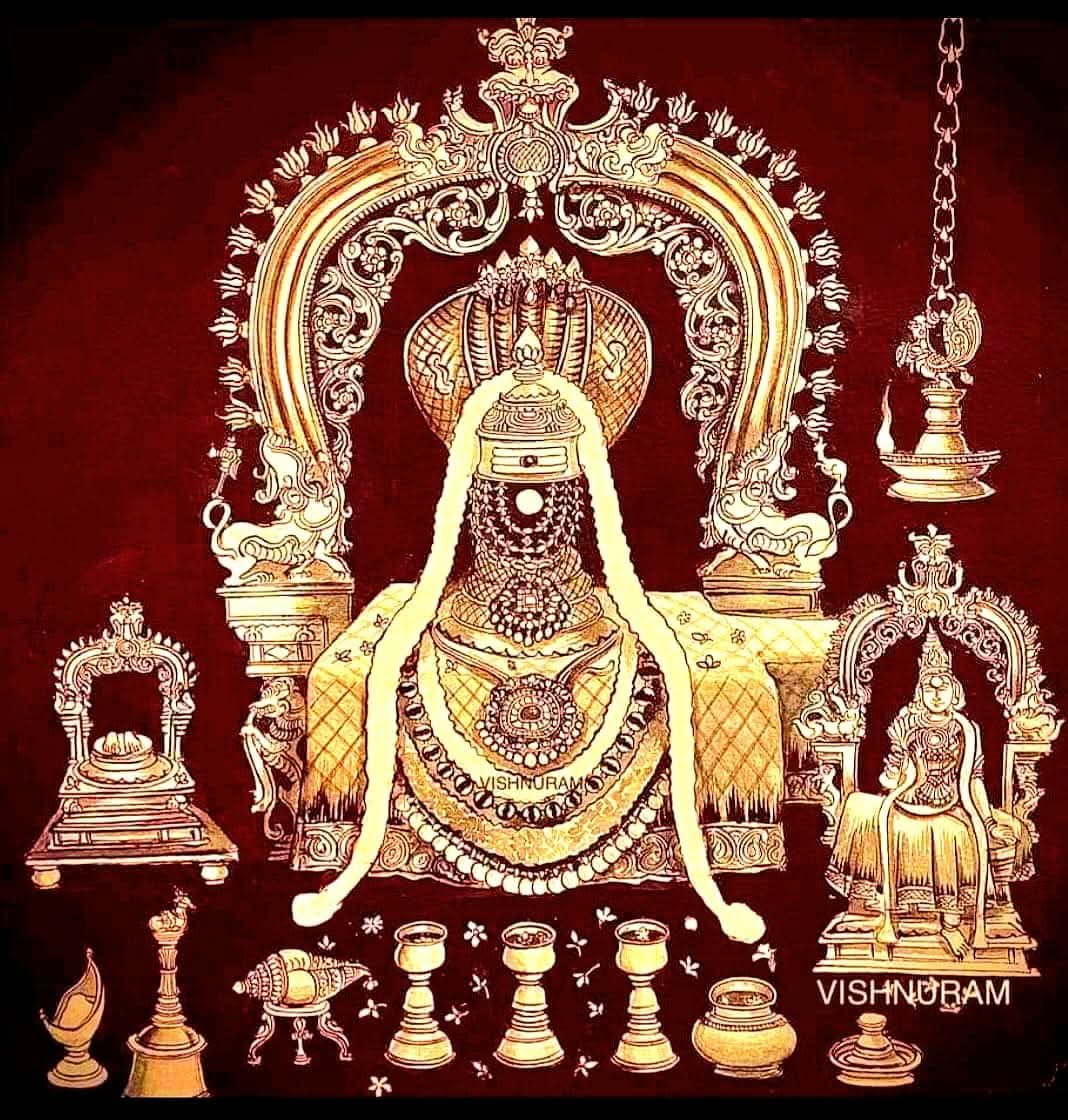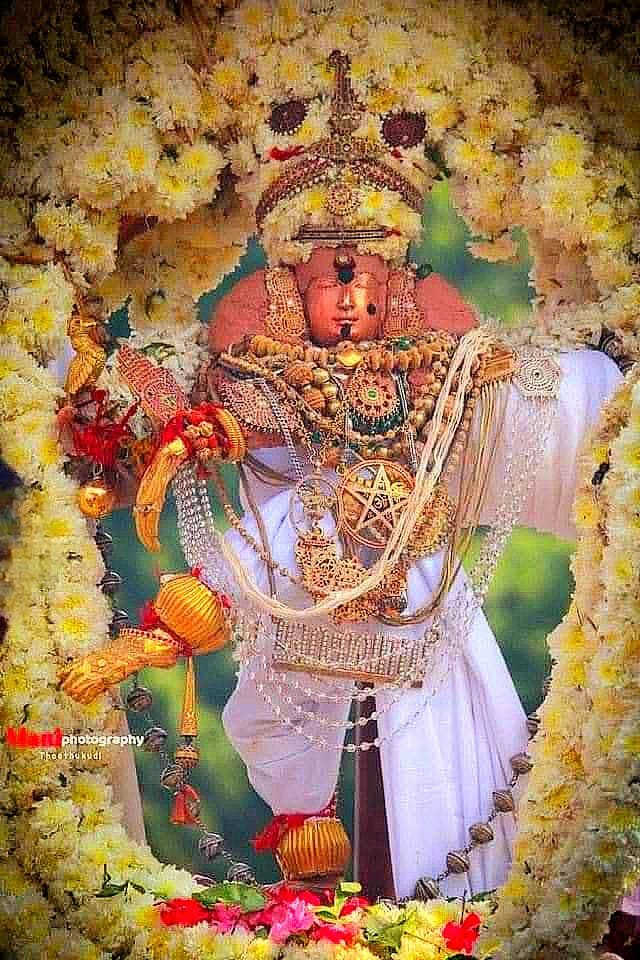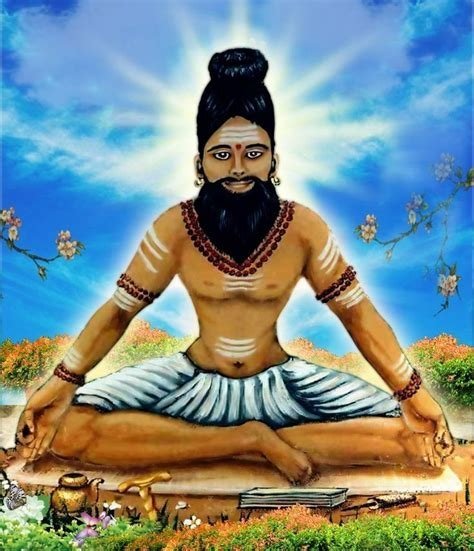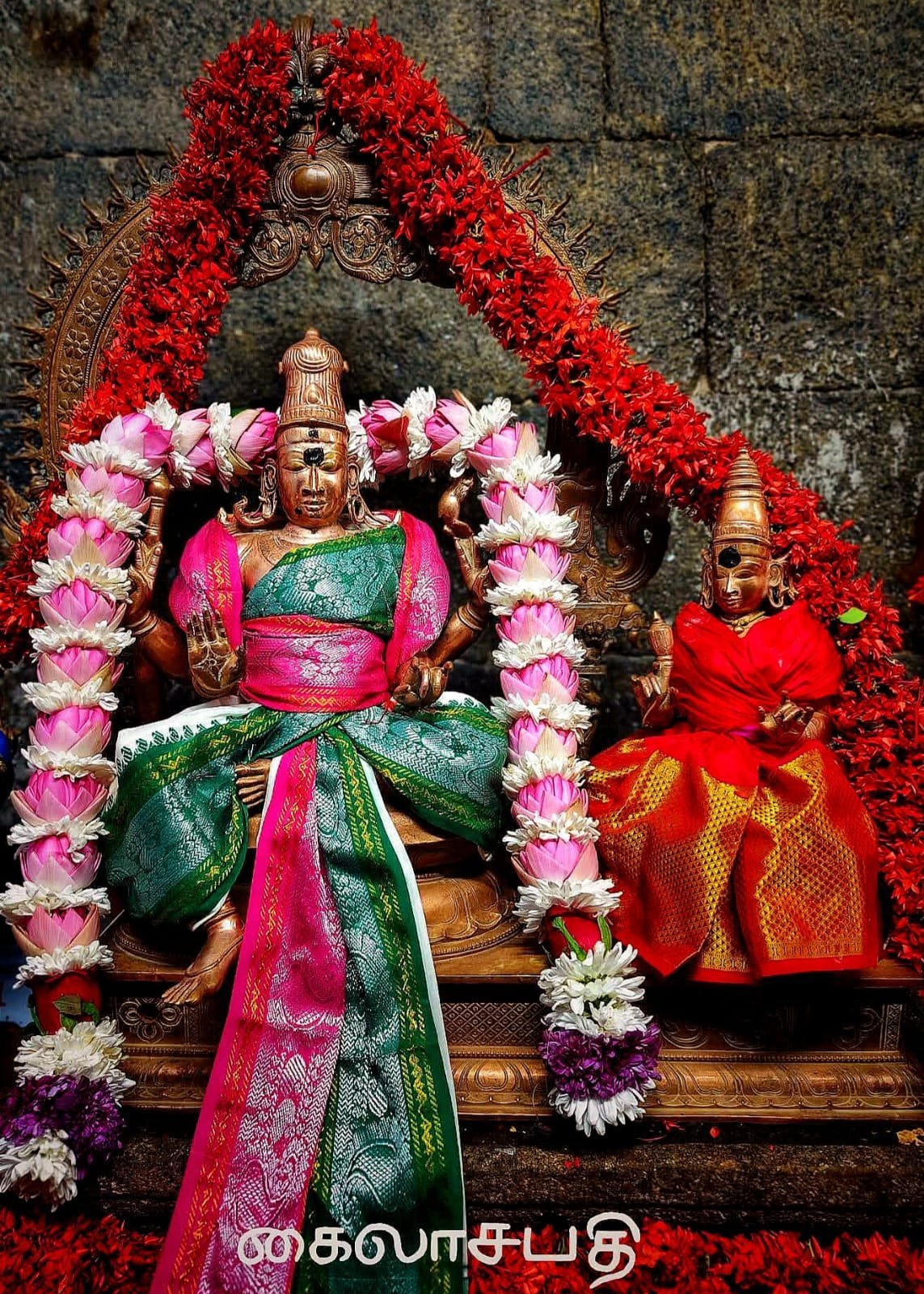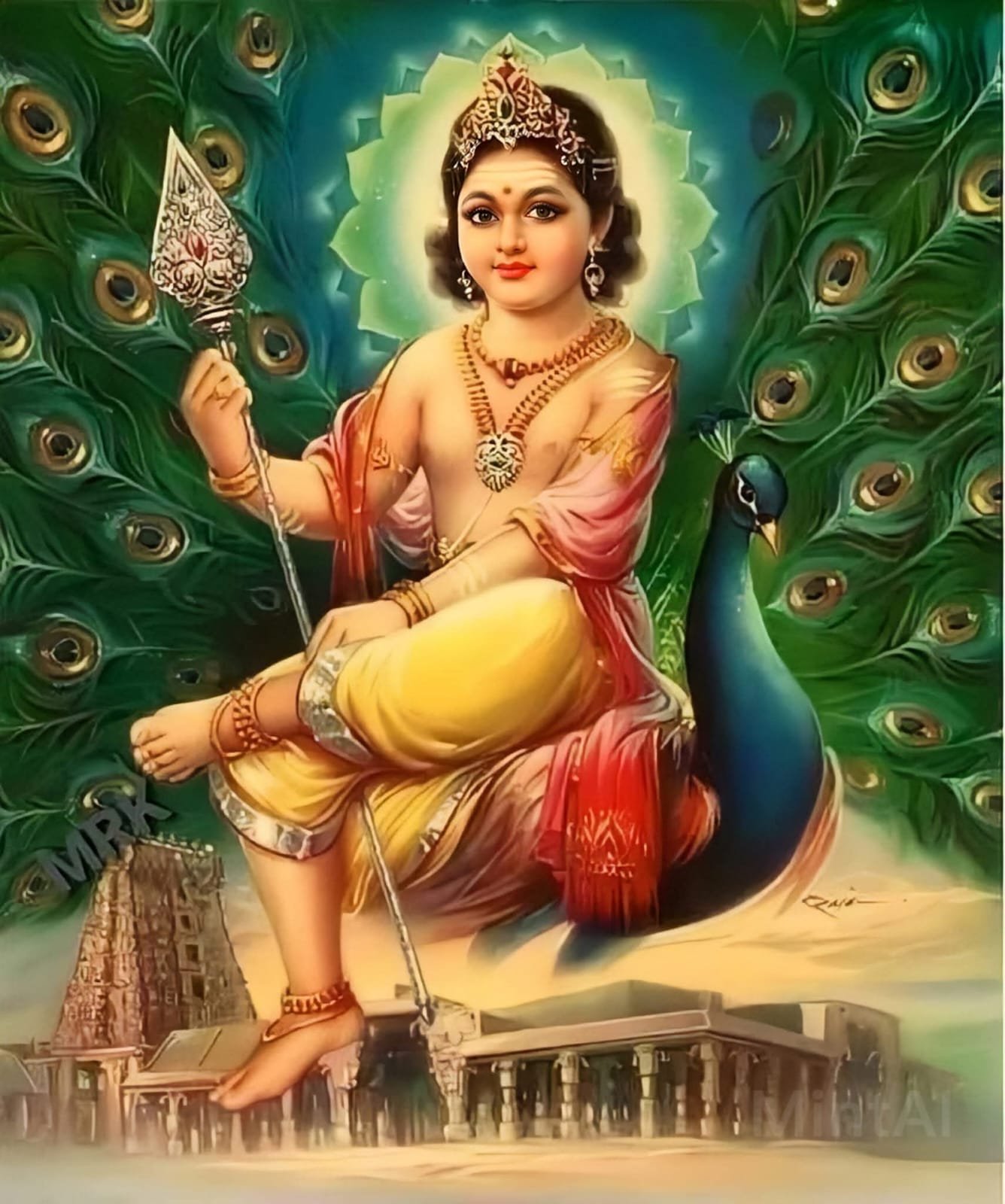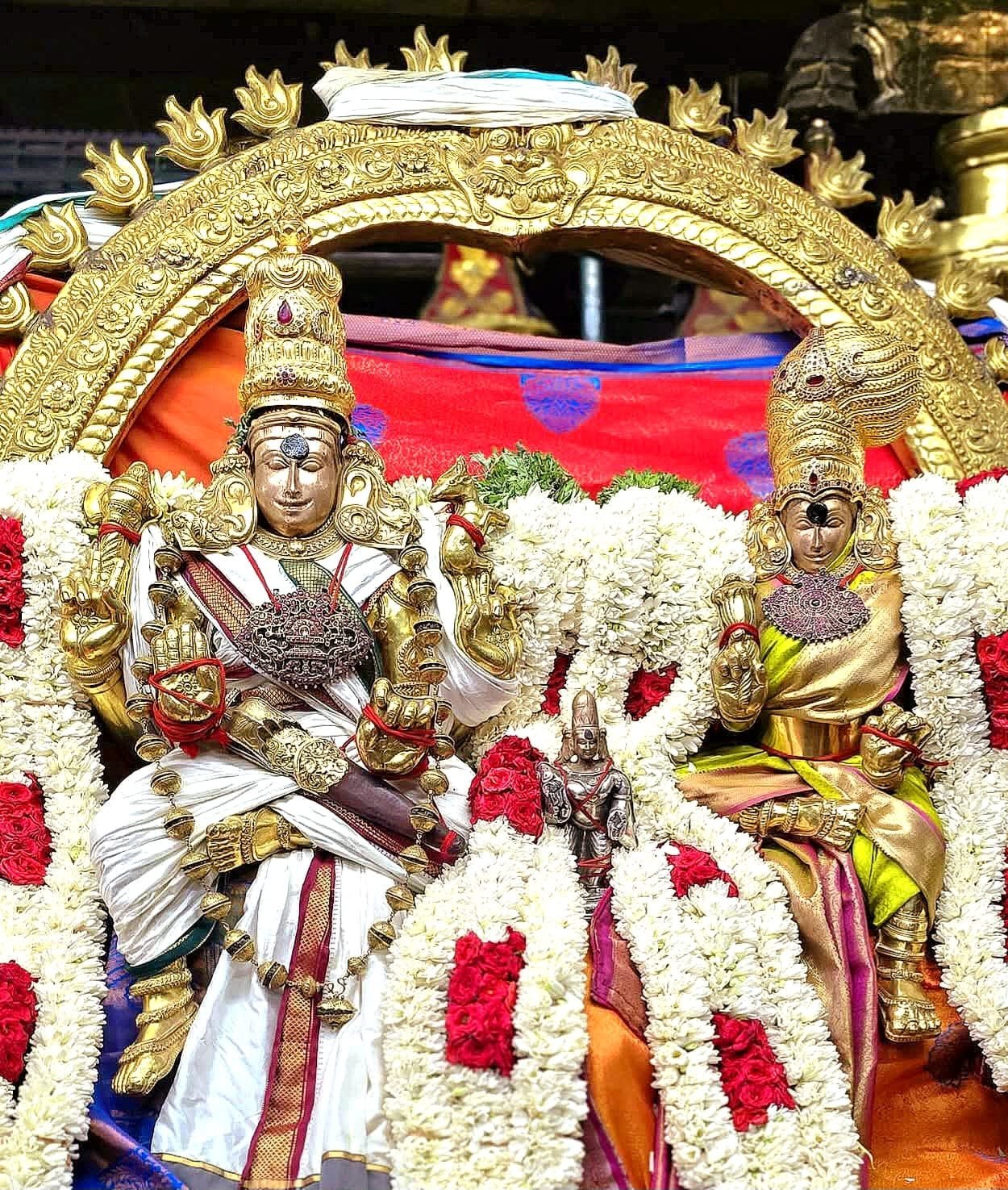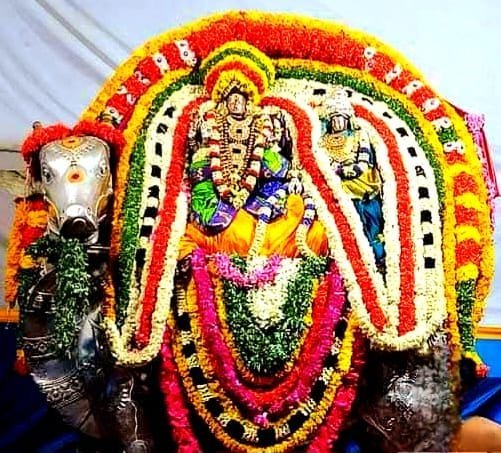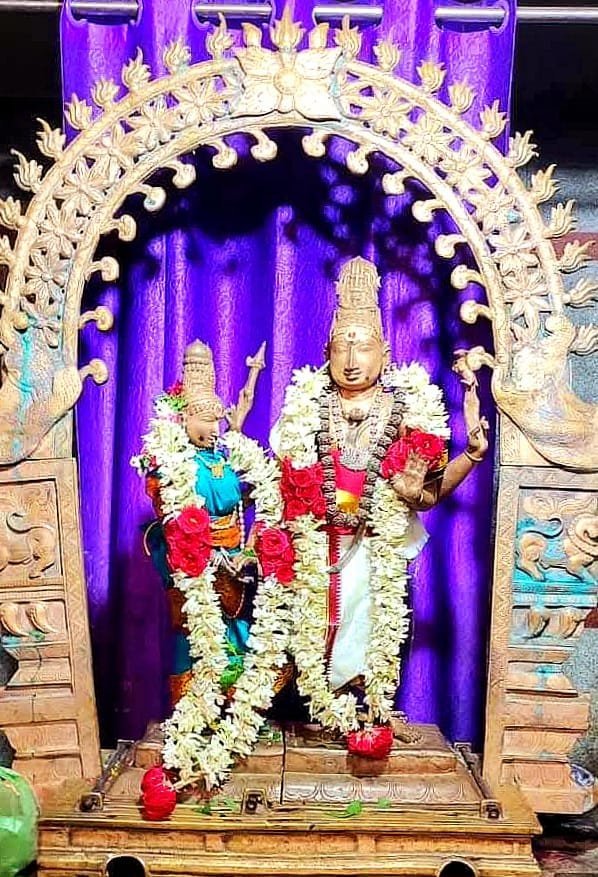அக்கினிமயமாகிய ஈசன் எங்கும் வியாபித்திருத்தலால் இவ்வுலகம் அக்கினிமயமென்று புராணங்கள் கூறுகின்றன.
சிறியாநங்கை வேரைக்கண்டாற் பெரிய சர்ப்பமும் தலைமடங்கும். அதுபோல ஈசனது திருவருள் கிட்டினாற் பெரிய வினை மலையும் அழியும்.
அசேதனப்பொருள்களாகிய சிந்தாமணி, கற்பகம் வேண்டினோர் வேண்டியாங்கு அளிக்குமாகில் சர்வஞானமுள்ள ஈசன் அன்பர்கள் வேண்டியாங்கு உபகரிப்பானென்பதற்கு யாதொரு தடையுமில்லையாம்.
இறைவன் பெண்ணுமல்லன், ஆணுமல்லன், அலியுமல்லன் ஆனால் இவைகளினுள் வியாபித்து அப்பாலும் நிற்பன்.
இறைவனுக்குச் சொரூப இலக்கணம் தடத்த இலக்கணம் என்று இரண்டு லக்ஷணங்கள் உள்ளன. சொரூபலக்ஷணம் உண்மைநிலை. தடத்தலக்ஷணம் உருவெடுத்து ஆன்மாவிற்கு உபகரிக்கும் நிலை.
அவன் காலம்போல அரூபியாய் நின்று சடசித்துக்களை இயக்குவான்.
சூரியனைப்போலும் சிவம்; அவன் கிரணத்தைப்போலும் சத்தி; அதில் கலக்கும் கண்ணொளி போலும் ஆன்மா.
ஆகாயத்தைப் பிரியாது நின்ற காற்றுக்குரிய, கந்தம்,வெம்மை, தட்பம், முதலியன அவ்வாகாயத்திற்கு இன்றாதலின், இறைவனது வியாபகத்திற் சஞ்சரிக்கும், ஆன்மாவுக்குரிய ஆணவம் அவ்விறைவனுக்கு இல்லையாகும்.
இறைவன் உயிர்களுக்குத் தன்மை, முன்னிலை, படர்க்கையாய் நின்று உணர்த்துவன். தன்மை, ஆணவத்தைநீக்கித் தன்னை உள்ளபடி தோற்றுவித்தல். முன்னிலை, நன்மை தீமைகளைக் குருவாய்த் தோன்றித் துரத்துதல்.படர்க்கை, நூலினால் காணவைத்திடுதல்.
திரு பால்வண்ண முதலியார் அவர்கள் இயற்றிய சித்தாந்த ஞானரத்தினாவளி(1906) என்னும் நூலில் இருந்து…
ग्निमयमय ईश्वर सर्वत्र व्याप्त होने के कारण, पुराणों में कहा गया है कि यह जगत अग्निमय है।
जैसे छोटी सी अनंतमूल की जड़ बड़े से बड़े सर्प को भी शांत कर सकती है, वैसे ही ईश्वर की कृपा से बड़े से बड़े कर्मों का नाश हो सकता है।
यदि जड़ वस्तुएँ जैसे चिन्तामणि और कल्पवृक्ष इच्छुकों की इच्छा पूरी कर सकते हैं, तो सर्वज्ञ ईश्वर अपने भक्तों की इच्छा पूरी करने में कोई बाधा नहीं है।
ईश्वर न तो स्त्री है, न पुरुष है, और न ही नपुंसक है। वह इन सभी रूपों में व्याप्त है और फिर भी इनसे परे है। ईश्वर के दो लक्षण हैं: स्वरूप लक्षण और तदत्त लक्षण। स्वरूप लक्षण उसका वास्तविक स्वरूप है, जबकि तदत्त लक्षण जीव के लिए उपकारक रूप है।
ईश्वर सूर्य की तरह है; उसकी शक्ति सूर्य की किरणों की तरह है; और आत्मा नेत्र में प्रवेश करने वाले प्रकाश की तरह है। जैसे आकाश से अलग न होने वाली वायु के गुण आकाश को प्रभावित नहीं करते, वैसे ही ईश्वर के स्वभाव को आत्मा के गुण प्रभावित नहीं करते।
ईश्वर जीवों के लिए तीन रूपों में प्रकट होता है: प्रथम पुरुष (स्वयं को प्रकट करना), मध्यम पुरुष (शिक्षक के रूप में प्रकट होना), और अन्य पुरुष (ग्रंथों के माध्यम से ज्ञान देना)।
यह अंश श्री पलवन्न मुटलियार द्वारा रचित “सिद्धांत ज्ञान रत्नावली” (1906) से लिया गया है।
The Lord, being of the nature of fire (Agnimayamaya), pervades everything.
The Puranas say that the universe is made of fire. Just as the root of the Ananga plant can subdue even the largest of serpents, the Lord’s grace (Īśvara prasāda) can destroy even the greatest of karmas.
If inanimate objects like the Cintāmaṇi and the Kalpaka tree can grant wishes to those who desire them, then surely the all-knowing Lord (Sarvajña Īśvara) can fulfill the desires of His devotees without any obstacle.
The Lord is not limited by gender; He is neither female (stri) nor male (pumān) nor neuter (napuṁsaka). He pervades all these forms and yet stands beyond them. The Lord has two characteristics (lakṣaṇe): Svarūpa Lakṣaṇa (essential nature) and Tad-atta Lakṣaṇa (manifested form).
The Lord is like the sun (Sūrya), His energy (Śakti) is like the sun’s rays, and the soul (jīva) is like the light that enters the eye. Just as the qualities of the air do not affect the sky, the Lord’s nature is not affected by the soul’s qualities.
The Lord manifests Himself to the souls in three ways: as the Self (Prathama Puruṣa), as the Guru (Madhyama Puruṣa) guiding through good and bad actions, and as the scriptures (Anya Puruṣa) revealing knowledge.
This is from the book Siddhānta Jñānarathinavalli (1906) written by Tiru Pālvaṇṇa Mūtaliyār.
Le Seigneur, étant de la nature du feu (Agnimayamaya), pénètre tout.
Les Puranas disent que l’univers est fait de feu. Tout comme la racine de la plante Ananga peut soumettre même les plus grands serpents, la grâce du Seigneur (Īśvara prasāda) peut détruire même les plus grands karmas.
Si des objets inanimés comme le Cintāmaṇi et l’arbre Kalpaka peuvent exaucer les vœux de ceux qui les désirent, alors certainement le Seigneur omniscient (Sarvajña Īśvara) peut réaliser les désirs de ses dévots sans aucun obstacle.
Le Seigneur n’est pas limité par le genre ; Il n’est ni féminin (stri) ni masculin (pumān) ni neutre (napuṁsaka). Il pénètre toutes ces formes et pourtant se tient au-delà d’elles. Le Seigneur a deux caractéristiques (lakṣaṇe) : Svarūpa Lakṣaṇa (nature essentielle) et Tad-atta Lakṣaṇa (forme manifestée).
Le Seigneur est comme le soleil (Sūrya), Son énergie (Śakti) est comme les rayons du soleil, et l’âme (jīva) est comme la lumière qui entre dans l’œil. Tout comme les qualités de l’air n’affectent pas le ciel, la nature du Seigneur n’est pas affectée par les qualités de l’âme.
Le Seigneur se manifeste aux âmes de trois manières : en tant que Soi (Prathama Puruṣa), en tant que Guru (Madhyama Puruṣa) guidant à travers les actions bonnes et mauvaises, et en tant qu’Écritures (Anya Puruṣa) révélant la connaissance.
Ceci est tiré du livre Siddhānta Jñānarathinavalli (1906) écrit par Tiru Pālvaṇṇa Mūtaliyār.
El Señor, siendo de la naturaleza del fuego (Agnimayamaya), penetra todo.
Los Puranas dicen que el universo está hecho de fuego. Al igual que la raíz de la planta Ananga puede someter incluso a las serpientes más grandes, la gracia del Señor (Īśvara prasāda) puede destruir incluso los karmas más grandes.
Si objetos inanimados como el Cintāmaṇi y el árbol Kalpaka pueden conceder deseos a aquellos que los desean, entonces seguramente el Señor omnisciente (Sarvajña Īśvara) puede cumplir los deseos de sus devotos sin ningún obstáculo.
El Señor no está limitado por el género; No es ni femenino (stri) ni masculino (pumān) ni neutro (napuṁsaka). Él penetra todas estas formas y sin embargo se mantiene más allá de ellas. El Señor tiene dos características (lakṣaṇe): Svarūpa Lakṣaṇa (naturaleza esencial) y Tad-atta Lakṣaṇa (forma manifestada).
El Señor es como el sol (Sūrya), Su energía (Śakti) es como los rayos del sol, y el alma (jīva) es como la luz que entra en el ojo. Al igual que las cualidades del aire no afectan al cielo, la naturaleza del Señor no se ve afectada por las cualidades del alma.
El Señor se manifiesta a las almas de tres maneras: como el Yo (Prathama Puruṣa), como el Guru (Madhyama Puruṣa) guiando a través de acciones buenas y malas, y como las Escrituras (Anya Puruṣa) revelando conocimiento.
Esto es del libro Siddhānta Jñānarathinavalli (1906) escrito por Tiru Pālvaṇṇa Mūtaliyār.
